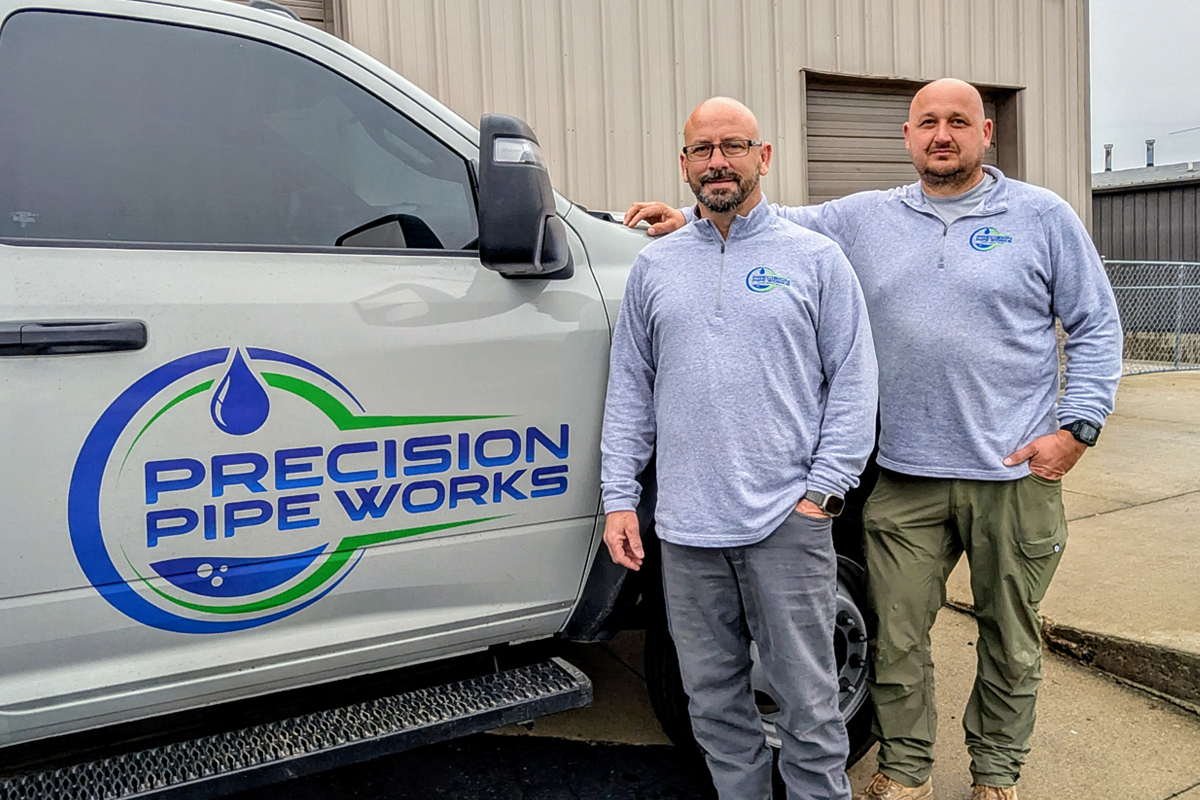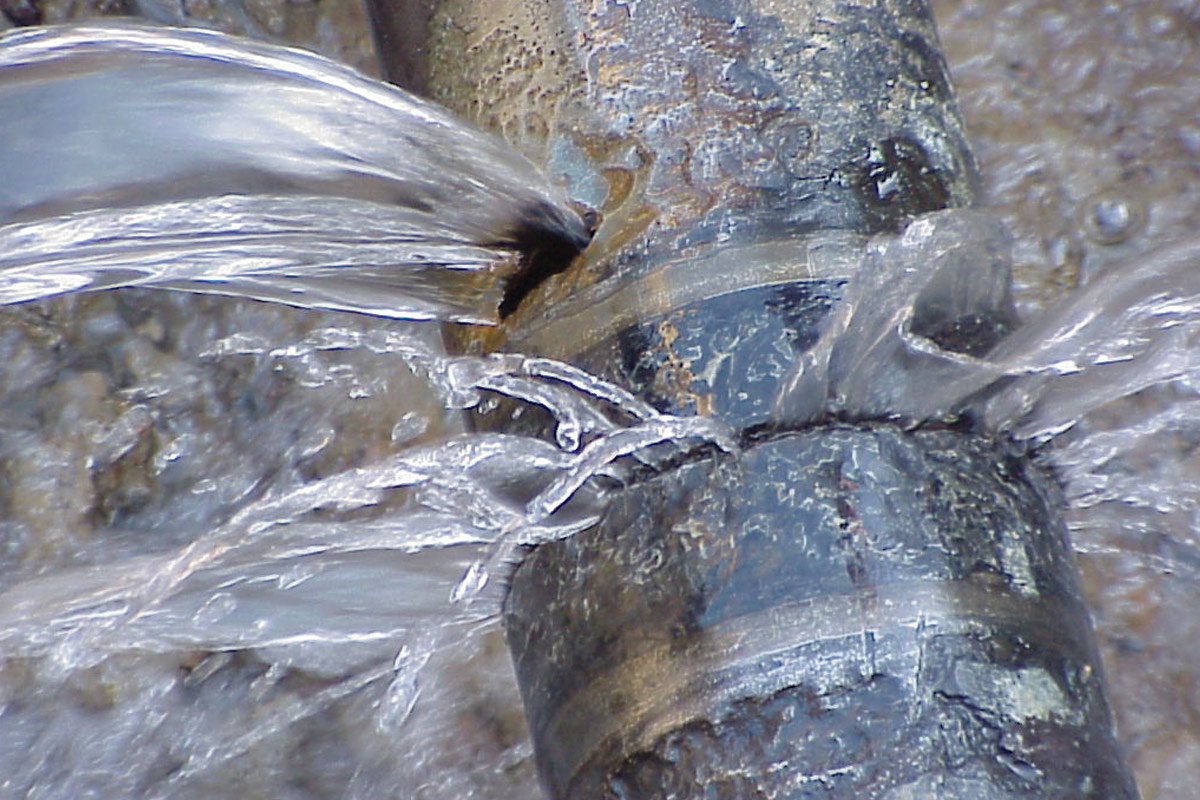
Renovation of an Old Sewer in the Coastal City of Guayaquil, Ecuador
April 7, 2015
 In late 2014, the very first relining project with HOBAS Pipes in Ecuador was realized. The new pipeline replaces an old concrete sewer.
In late 2014, the very first relining project with HOBAS Pipes in Ecuador was realized. The new pipeline replaces an old concrete sewer.Guayaquil is located at the mouth of the river Guayas and is the biggest Ecuadorian city, as well as the industrial and economic center of the country. More than 3 million people live in its metropolitan area. The influence of the tides and the groundwater’s high salt content pose challenges to the pipeline network.
For several years now, the expansion and renovation of the water supply and sewage disposal system has been receiving a lot of attention. An examination of the sewer system, which was carried out in this context, showed that the old concrete main sewer “Parson” (DN 1,500 mm) needed to be urgently renovated – it was already broken at one point, some other parts were about to collapse and groundwater leakage could be observed.

Since the pipeline could not be entirely emptied and was subject to further damages, the load capacity needed to be ensured while the pipes were being inserted in the old sewer.
The poor condition of the old sewer, its insufficient static load capacity, as well as the permanent water ingress from the outside (the high water table is consistently raising with the sea water level due to the tides) ruled out rehabilitation by hose relining. Under the given conditions, relining with HOBAS Pipes proved to be the ideal solution. One of the main reasons for the choice of material was the safe and easily jointed push-to-fit flush coupling system by HOBAS, which ensured a smooth installation.
Since the pipeline could not be entirely emptied and was subject to further damages, the load capacity needed to be ensured while the pipes were being inserted in the old sewer. HOBAS GRP Pipes are also corrosion resistant (against both sewage and saline groundwater), stabilize the interceptor sewer during construction activities, and have a service life of more than 50 years.
The old concrete line was still in operation at the time of the rehabilitation. It was, therefore, walled up and cleaned by a diving team, and the sewage discharged via a bypass line. Intersections with another sewer and an electricity line in the installation pit represented further challenges. Before starting the actual installation process, sand deposits of up to 1 m in height had to be filled into bags and removed with the excavator.

With best-practice support by a HOBAS expert, the old sewer was then rehabilitated by the company SADE within EC14REL_Ecuador_2two and a half days, utilizing 84-m HOBAS Pipes DN 1,400, PN 1, SN 10,000 with a wall thickness of only 32 mm.
With best-practice support by a HOBAS expert, the old sewer was then rehabilitated by the company SADE within two and a half days, utilizing 84-m HOBAS Pipes DN 1,400, PN 1, SN 10,000 with a wall thickness of only 32 mm. The annular space was grouted with acid-resistant concrete. The thin walls and excellent hydraulic properties of HOBAS Pipes resulted in absolutely no reduction in the flow rate despite the smaller diameter compared to the old concrete line.
HOBAS experts offered practical support during the planning stage and the whole installation process to the satisfaction of the client. “We are very happy with the prompt deliveries, the outstanding quality of HOBAS Products and the on-site support,” says Frederic Sega of the construction company SADE.
This article was provided by HOBAS Engineering GmbH




